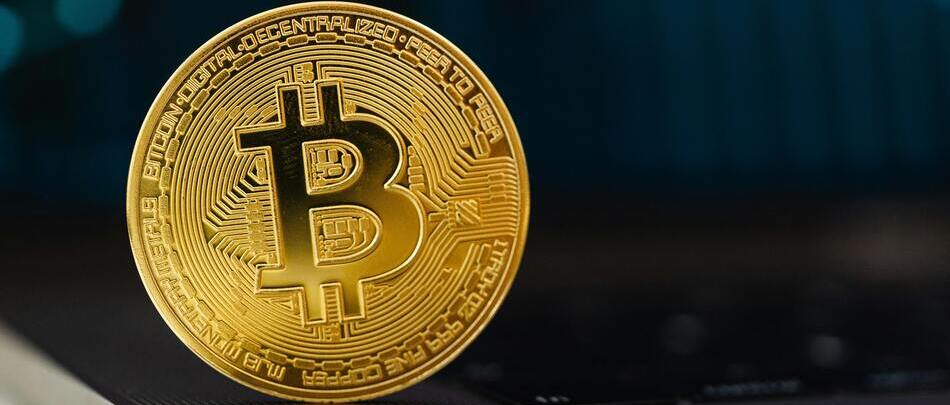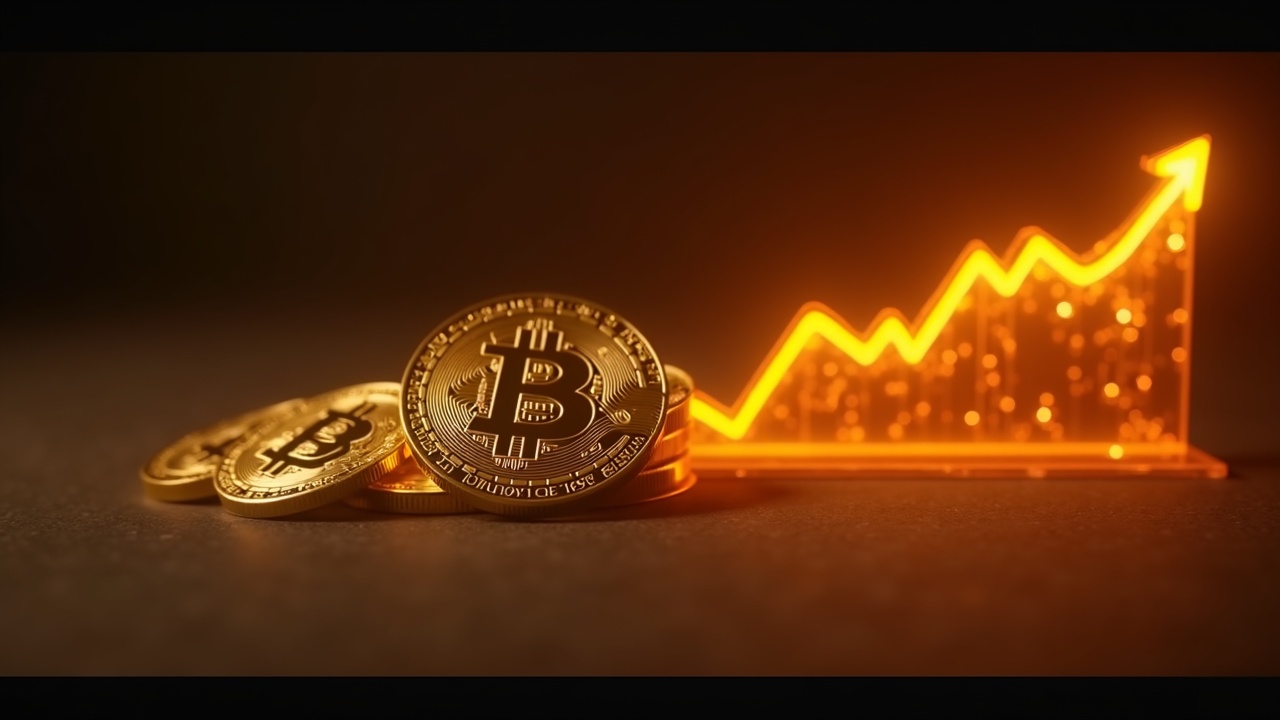Ray Dalio warned that the Fed’s policy shift may be inflating a “Fed bubble” that could temporarily boost the price of gold and Bitcoin before a crash. The warning considers concrete measures —the maintenance of the balance at $6.5 trillion as of December 1, 2025— and highlights the impact on safe-haven investors, treasury managers and derivatives traders who must measure exposure and leverage.
According to Dalio, the inflection point will be the Fed’s balance-sheet stance, which could drive prices higher until stimulus is withdrawn, potentially triggering the bubble’s burst.
The “Fed Bubble” Warning
Billionaire investor Ray Dalio has issued a stark warning, stating that the Federal Reserve’s recent policy shift is dangerously fueling a “Fed bubble.” He argues that by halting quantitative tightening (QT) and opting to maintain its balance sheet at $6.5 trillion, the Fed is stimulating an economy that is not in a bust but is already strong, which can inflate asset bubbles.
Dalio emphasizes that this is not merely a “technical maneuver”, as officials describe it. Instead, he sees it as a classic late-stage debt cycle dynamic where massive fiscal deficits combine with central bank balance sheet expansion. This environment, he warns, could push prices of assets like gold and Bitcoin dramatically higher in a “melt-up” phase, but this would be followed by an inevitable bubble collapse once the Fed is forced to withdraw its stimulus and tighten policy to rein in inflation.
Dalio’s Rationale: Stimulating into a Bubble
Dalio’s concern stems from the unusual economic backdrop against which this easing is occurring. Historically, quantitative easing was deployed during economic contractions with falling asset valuations and low inflation. The current situation is the opposite: the economy is growing, unemployment is low, and inflation is running above the Fed’s target .
This creates a perilous scenario. By injecting liquidity into an already robust economy, the Fed risks compounding existing asset bubbles, particularly in sectors like AI stocks, which Dalio’s own indicators already flag as being in bubble territory. He notes that this is a classic case of “monetizing government debt”, where the Fed and Treasury interact in a way that pushes real interest rates down and compresses risk premiums, giving a disproportionate boost to long-duration assets .
The Role of Gold and Bitcoin as Hedges
In this precarious environment, Dalio has long advised investors to consider allocating a portion of their portfolios to non-traditional assets. He has publicly recommended a combined allocation of 10% to 15% to gold and Bitcoin, arguing that this provides the best return-to-risk ratio for a portfolio.
His thesis is that the high U.S. government debt and the Fed’s response will lead to a devaluation of money. Gold has served as a hedge against this throughout history, and Bitcoin is increasingly “being perceived by many as an alternative money”. The mechanics are clear: with the supply of currencies being increased, hard assets with limited supply become more attractive. Dalio has explained that for gold to be preferable to a bond yielding 4%, investors must expect its price appreciation to exceed that yield—a scenario he finds likely if inflation persist.

The Current Market Response
The market has already begun reacting to these dynamics. Following the Fed’s policy shift, gold recovered above $4,000 per ounce, with the World Gold Council reporting record investment demand. This aligns with gold’s performance throughout 2025, where it was one of the top-performing major assets, driven by a weaker U.S. dollar, geopolitical tensions, and robust central bank buying.
Meanwhile, Bitcoin and cryptocurrencies have seen significant institutional adoption through ETFs, with billions of dollars in flows. This institutional embrace is seen as a structural shift that adds credibility and demand to the asset class, even amid policy-driven volatility.
What to Watch Next
For investors and treasury managers, the key is to monitor the Fed’s actions closely. Dalio stresses that the bubble’s burst will likely begin when the Fed starts withdrawing stimulus and tightening policy to control inflation. The official maintenance of the $6.5 trillion balance sheet, effective December 1, 2025, is a concrete milestone that will set the stage for the next phase.
The ideal time to sell, according to Dalio’s historical analysis, is classically “during that melt-up and just before the tightening that is enough to rein in inflation that will pop the bubble”.


